Photographing Black New Orleans Before It’s Gone
Earlier this year, the Ole & Nu Style Fellas second line of New Orleans celebrated its 20th anniversary. The festivities honoring the black social aid and pleasure club featured a three-hour parade with two brass bands, elaborate floats, cop cars, rolling coolers of beer, kids in suits, and a huge mob of people dressed to the nines coursing through the Seventh Ward.
Photographer Patrick Melon was there to document it all. To get the best shots, he stood on the shingles of a bar called Kermit’s Treme Mother-In-Law Lounge. While on the roof, he alternated between his film and digital cameras, and his phone for Instagram. Down below was a guy named Scubble, who was dancing for the crowd. Scubble was decked out in a camo jumpsuit with the words “Treme Sidewalk Stepper” written on the back.
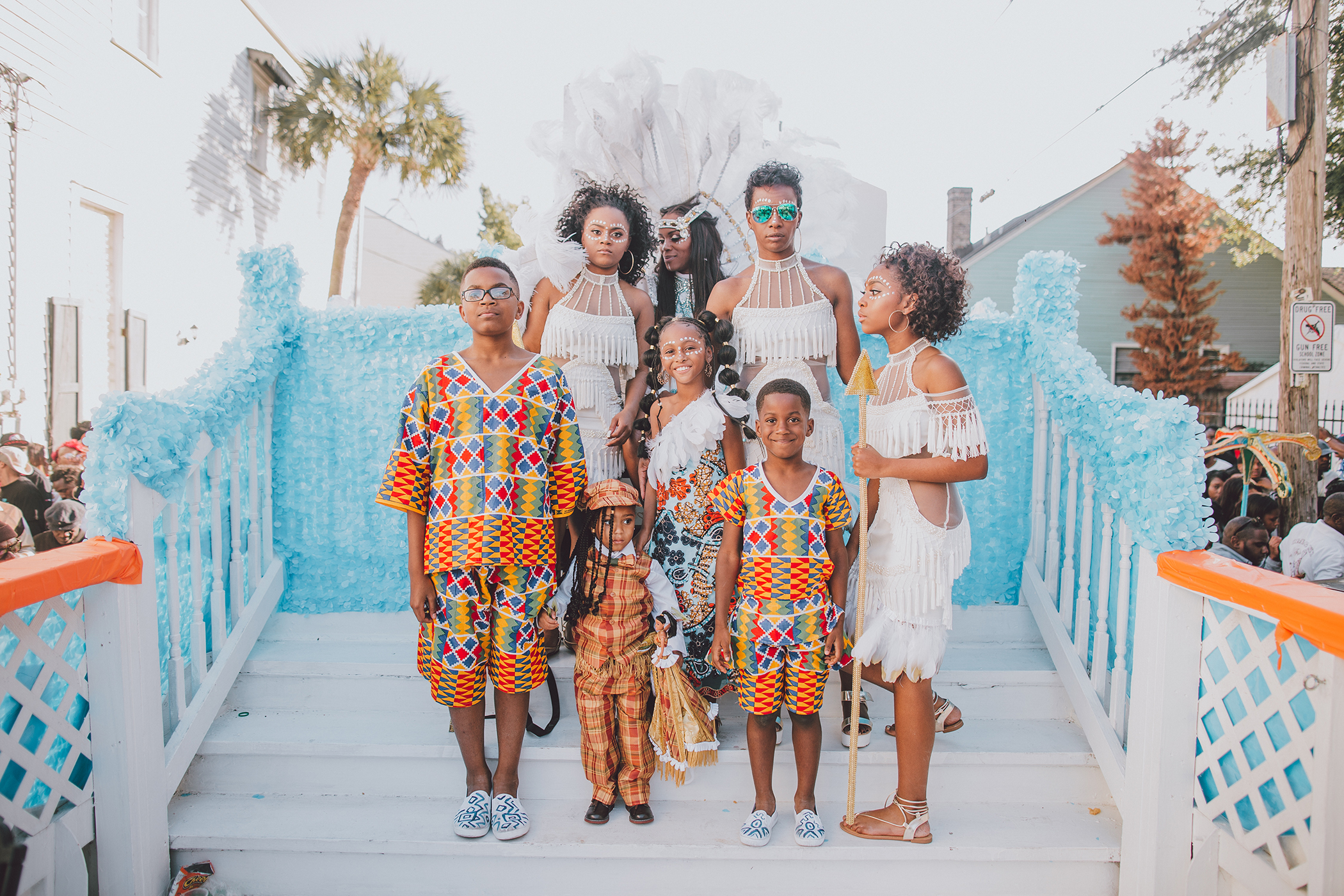
Melon’s work isn’t just unique for his daredevil climbing or his intense intimacy with his subjects. He’s become a documentarian of black culture in a city where that culture is simultaneously being celebrated and destroyed. “I’m just trying to record the last remaining vestiges of old New Orleans,” Melon said.
Hurricane Katrina caused the black population of New Orleans to drop significantly. In 2014, New Orleans had 10,000 fewer white residents, compared with 100,000 fewer blacks. The city’s black population has grown since, but the black community isn’t returning home to historically black neighborhoods. Instead, white transplants are moving into those areas in disproportionate numbers.
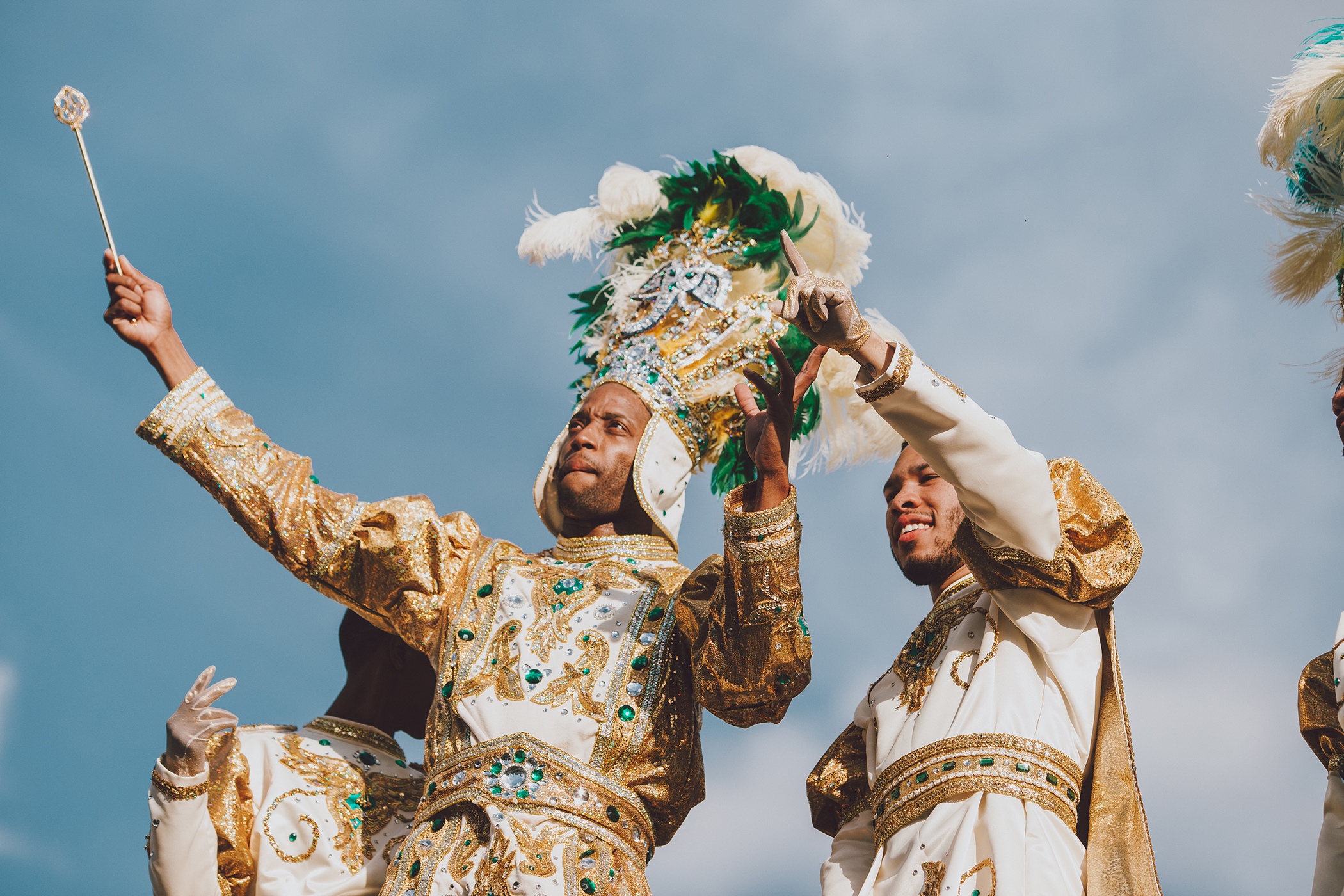
I met with Melon at his shotgun home right around the corner from where he grew up. His house is next to a busy seafood spot and one block from one of the most central locations for second lines. The highway overpass there at Claiborne and St. Bernard avenues acts as a concrete echo chamber. It’s where brass bands make sure to play their best songs.
When I told Melon he lived in a prime location for his work, he said, “Yeah, but I won’t be here for too long. This isn’t a neighborhood anymore. This is a goddamn hotel district.” Melon said his landlord is kicking him out to turn his apartment into an Airbnb. His neighborhood is one of the black neighborhoods most threatened by short term rentals. Most of that money goes to speculators instead of entrepreneurial home owners.
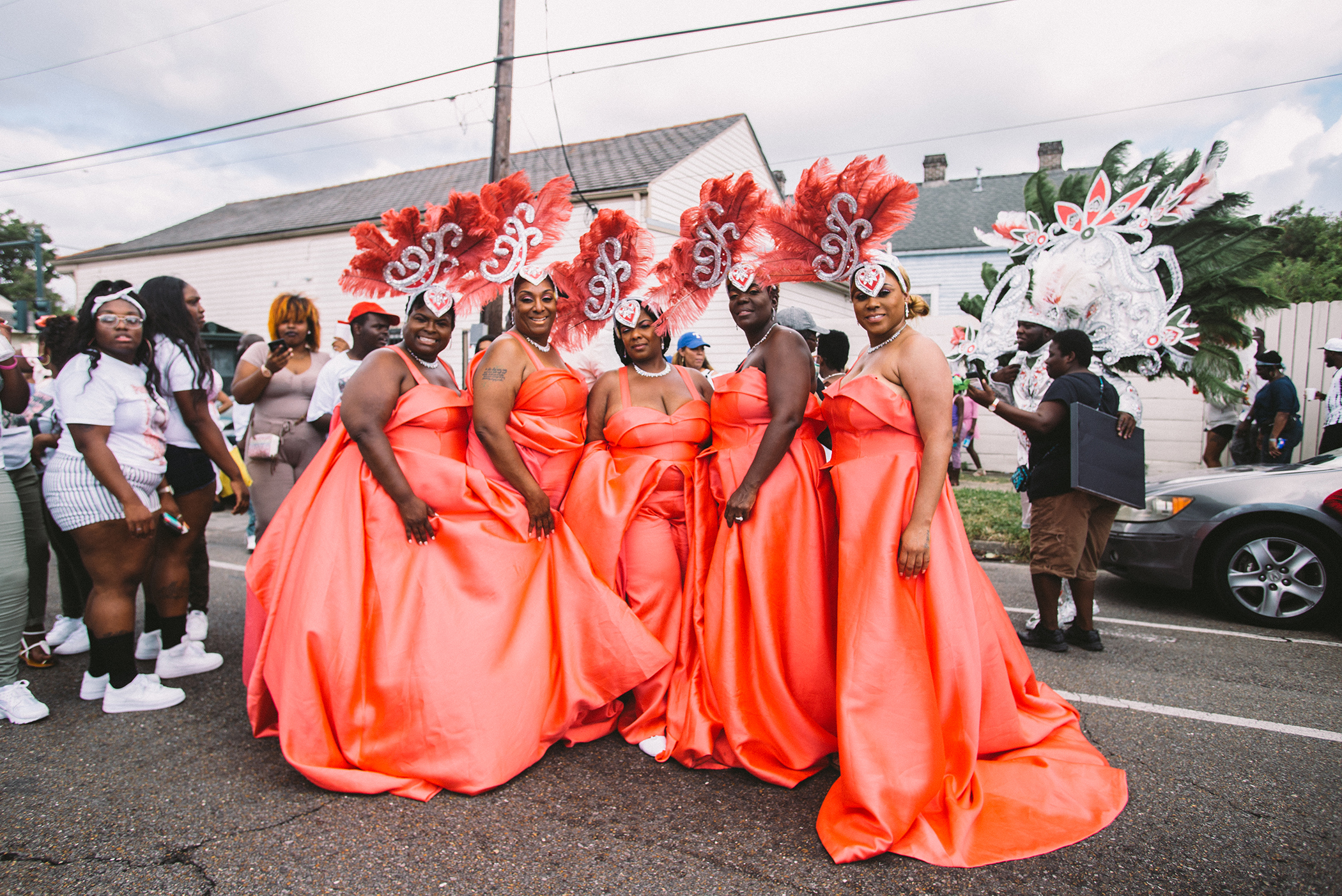
Melon credits his fresh perspective on the parades to the fact that he’s only been going to second lines for a few years. When he was a kid, Melon’s mom wouldn’t let him go to second lines because they were too dangerous. Second lines date back to a period just after the Civil War. The term refers to the structure of a parade. The “main line” is the members of the parade and/or the brass band itself. Though Ole and Nu Fellas only started in 1998, social groups like theirs were set up after the war to raise money for recently freed slaves who were systematically denied coverage by insurance companies. Everyone else following behind the main line makes up the second line. These parades are often described as a “jazz funeral without a body,” and some historians even point to West African dances as the origin of second lines. Nowadays, they’re carried out by a wide variety of groups nearly every Sunday.
“It’s a moving block party,” Melon said. The stark irony, then, is that they’re block parties in neighborhoods where many attendees no longer live.
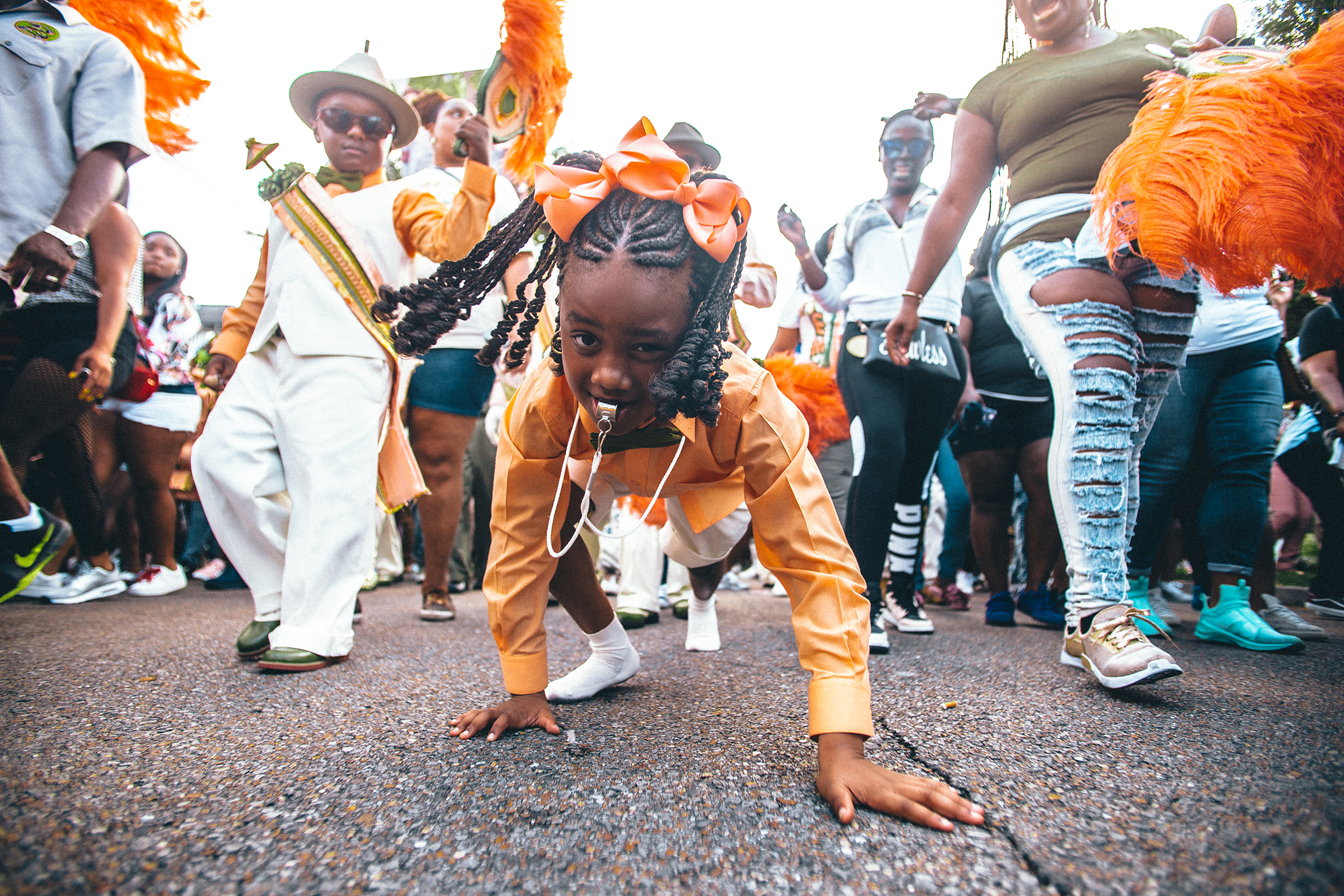
Melon said his love of power poses was inspired by Jamel Shabazz, one of the premier New York street photographers documenting black culture in the 70s and 80s. “His stuff felt like a family photo album, but with a whole city,” Melon said as he showed me the Brooklyn native’s iconic photos of b-boys in adidas track suits and Kangol hats. Patrick was flattered when Shabazz started following him and liking his pictures on Instagram.
“The main factor in Melon’s work is recognition,” Shabazz said. “It gives identity to a people that a lot of individuals don’t really know. I think what happened after Hurricane Katrina, is that it put a black eye on the community. But what Patrick has done is put another face on New Orleans other than Mardi Gras. He gives value to a people who are often misunderstood or misrepresented.”
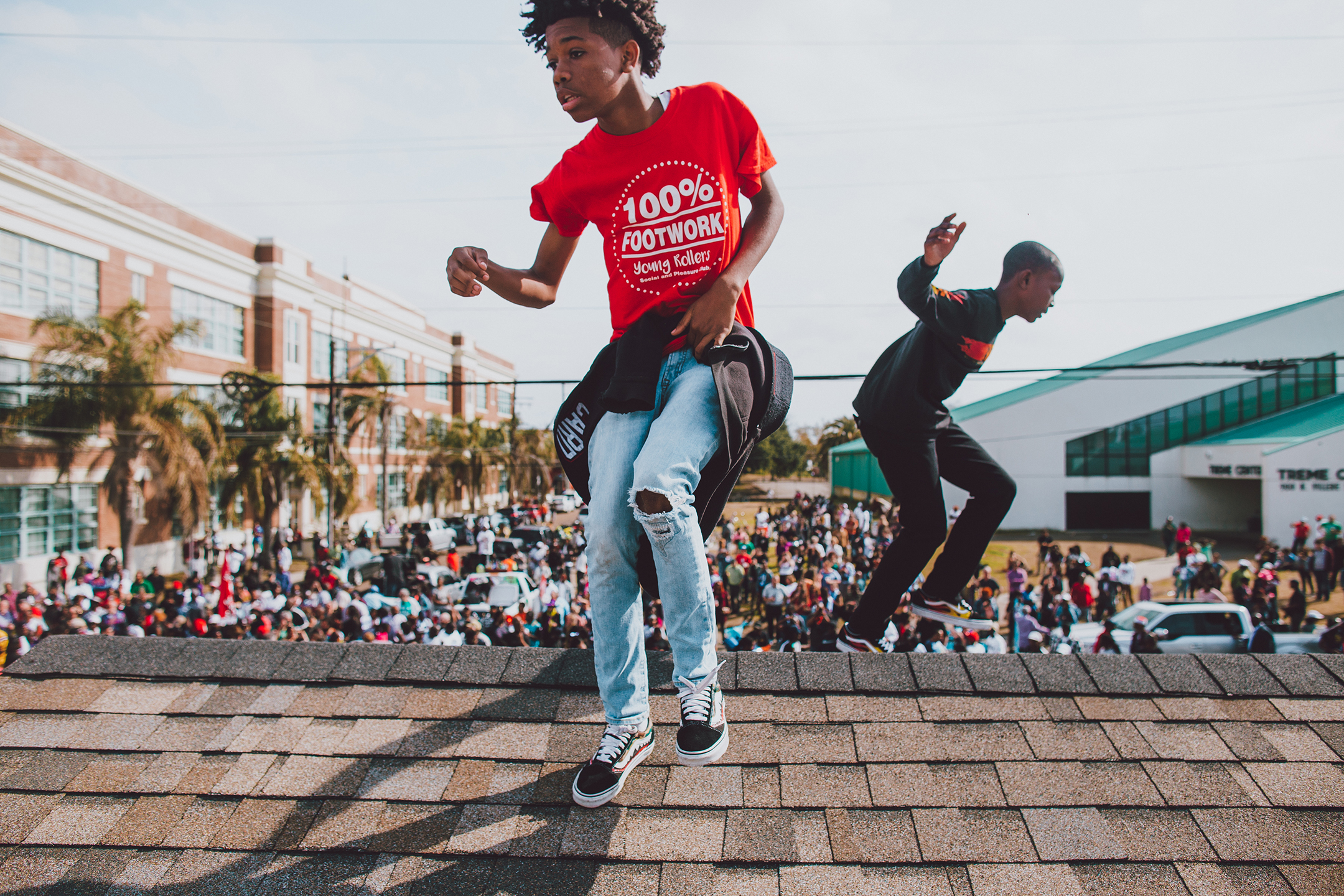
“It’s one thing when you’re an outsider shooting it, but it’s different when you’re from the community. Your DNA is in these people here, and it shows,” Shabazz said. Patrick has an Instagram following just shy of 100,000, a majority of whom are New Orleans-based.
After my interview with Patrick, the Ole & Nu Style Fellas parade passed down a street where most of the black-owned bars have been converted into white owned ones. Sometimes the bars keep the same name, but the parade didn’t stop to honor them like it used to. Instead, it just pulsed on until it came back to the exact place it started.
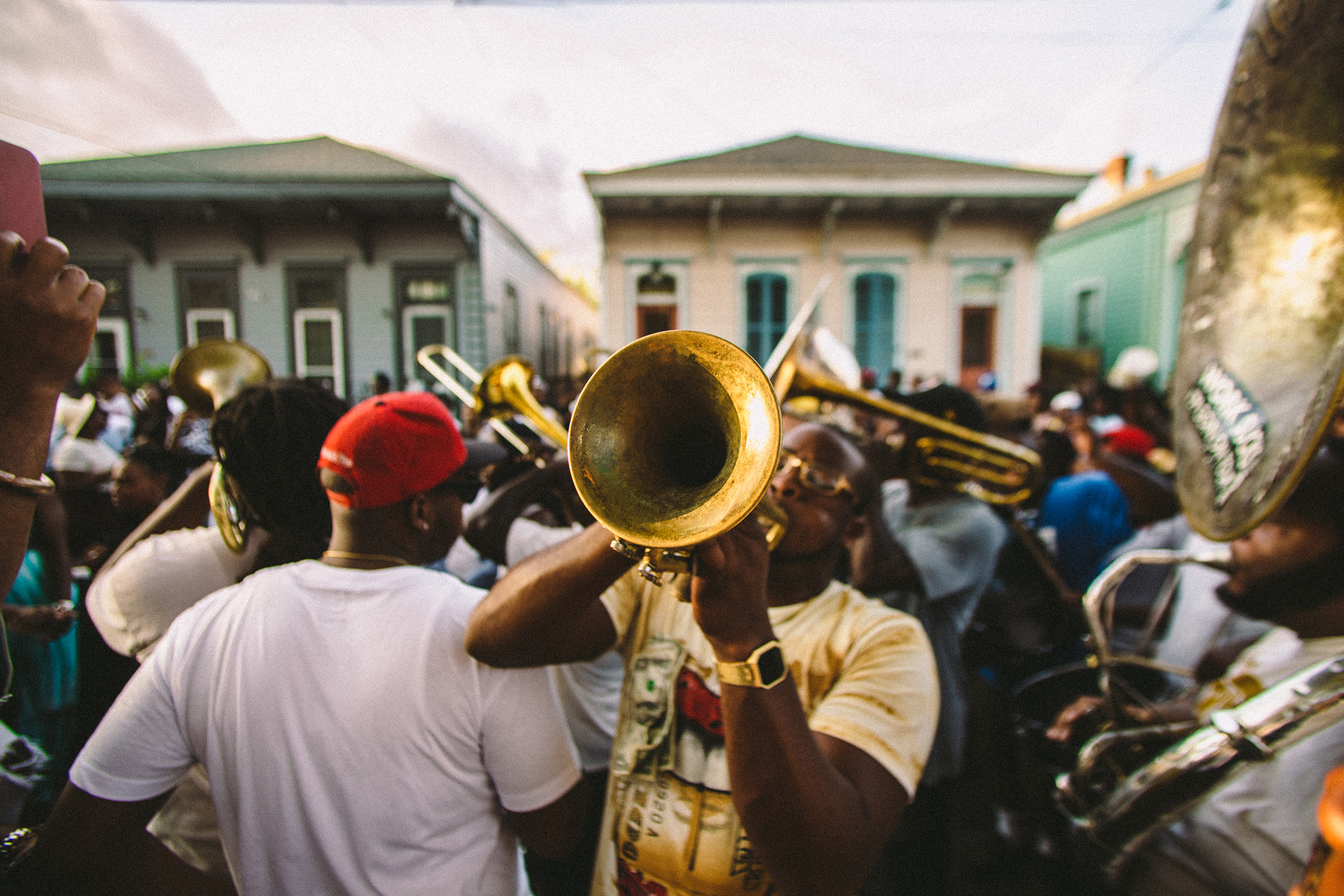
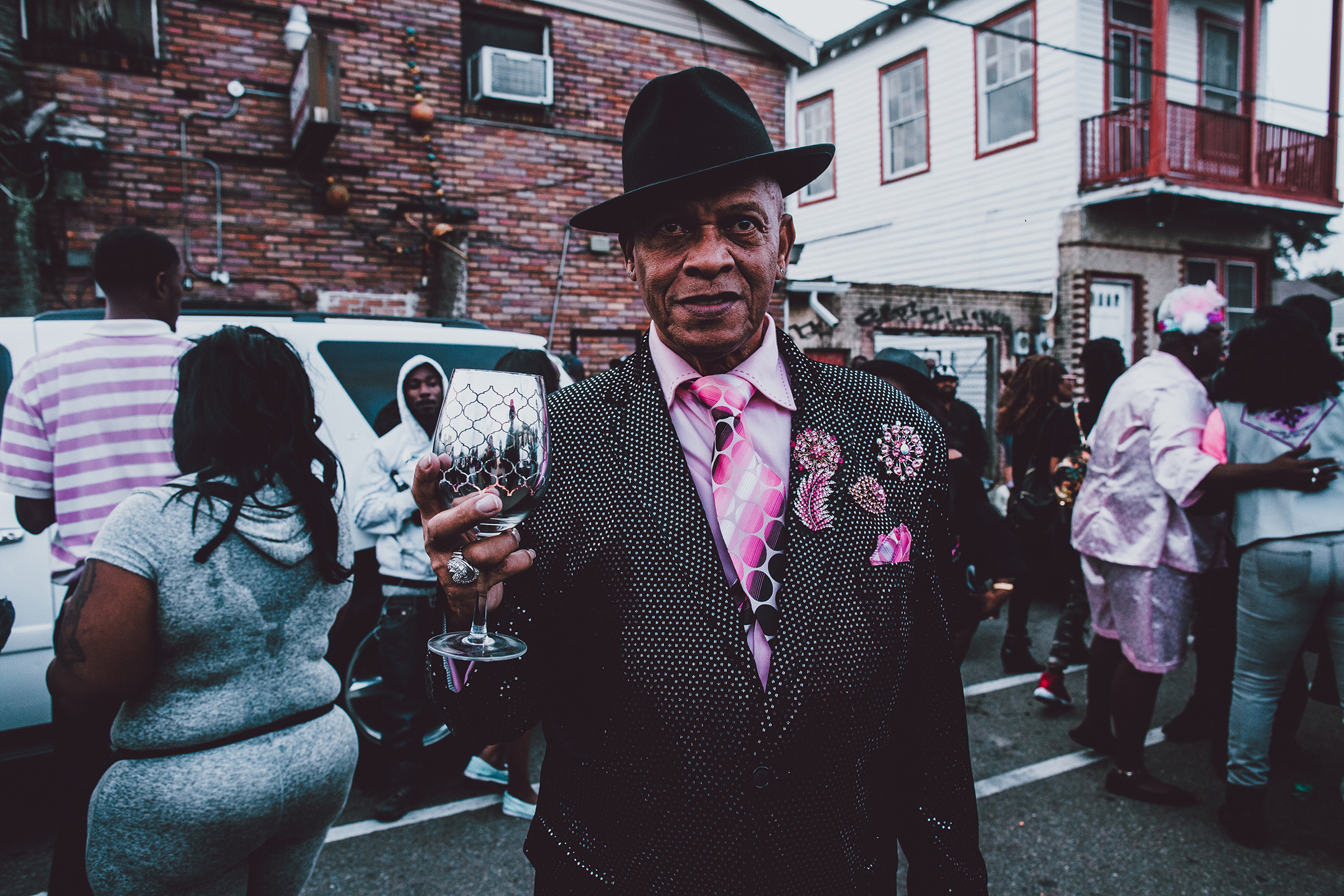
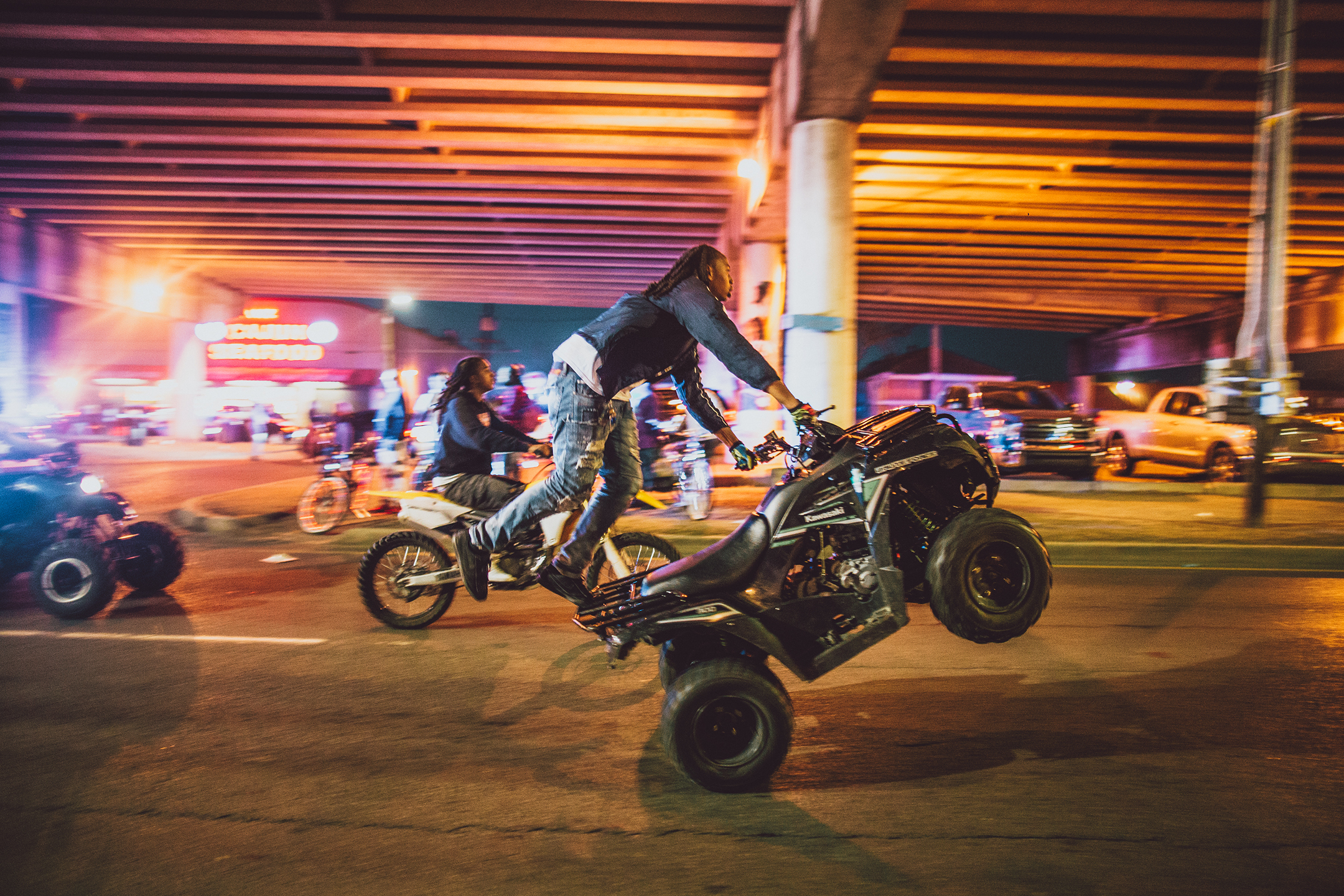
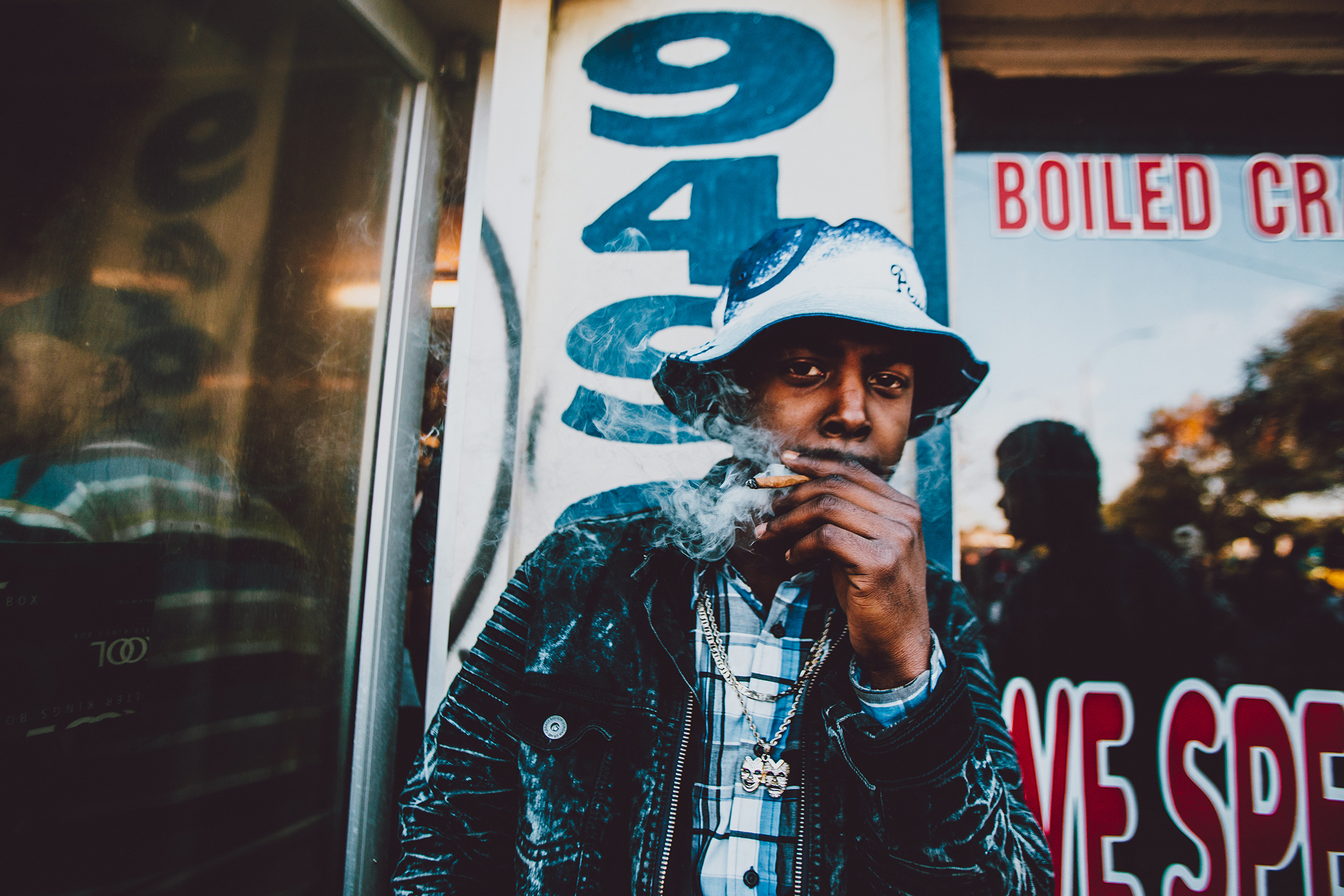
Sign up for our newsletter to get the best of VICE delivered to your inbox daily.
This article originally appeared on VICE US.